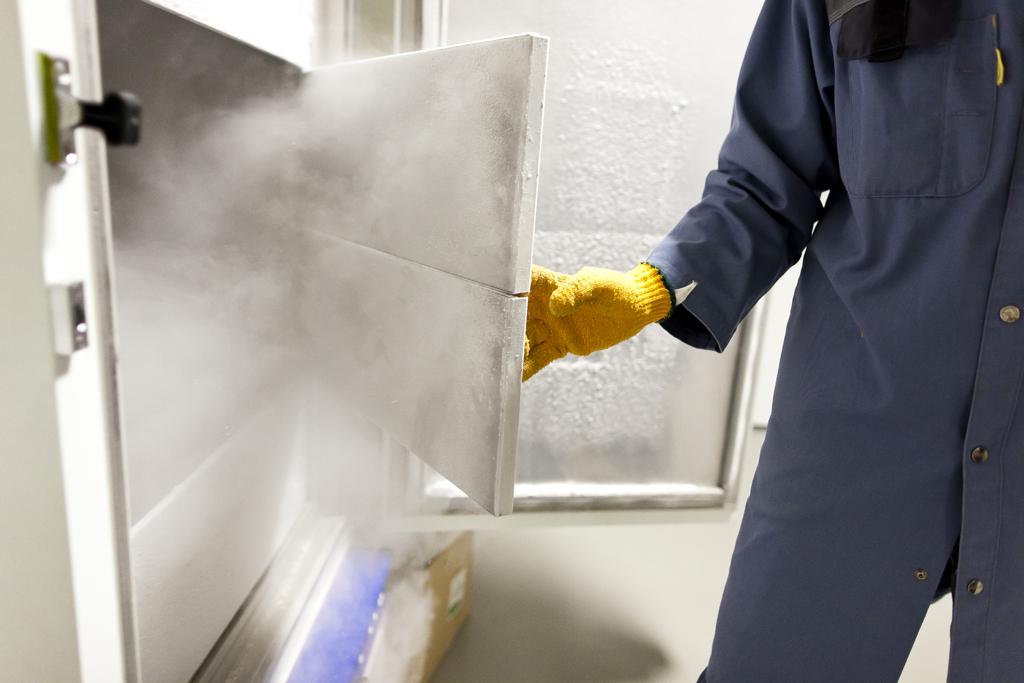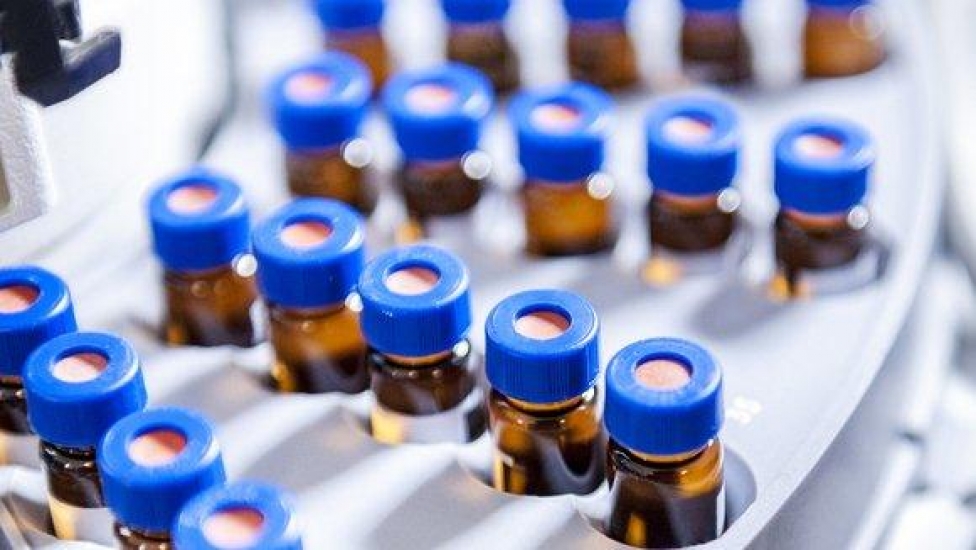Why is it essential to maintain a heat-sensitive medicine at a strictly-controlled temperature of between +2 and +8 °C?
This is a statutory requirement. The medicine must satisfy every criterion of the specifications described in its MA (Marketing Authorisation) dossier.
In the case of chilled products, the most frequently defined temperature range is between +2 and +8 °C.
This temperature range has been defined by stability tests conducted during the development phase of the medicines, which are specified on the basis of:
- the product itself (drug, pharmaceutical form),
- the geographical area in which it is to be used,
- the environmental factors to which it is likely to be exposed (temperature, humidity, light).
Stress tests and accelerated tests are used to assess the risk of deterioration of a product in the event of deviation from the ideal storage conditions.
What are the consequences of failure to comply with the cold chain?

The consequences of failure to comply with the cold chain for healthcare products
Temperature fluctuations (heat or cold) can adversely affect the reliability of the medicine and, in turn, public health. A medicine can deteriorate physically and chemically or it may prove to be contaminated at the microbiological level. It may lose its effectiveness or, even worse, it may become toxic. Deterioration of a medicine is seldom visible but the risk is just as high.
What is the difference between temperature excursion and temperature deviation?
These two terms are not synonymous. Temperature excursion is a deviation but the reverse is not correct: a temperature deviation is not always a temperature excursion.
- A temperature deviation is a trend or a drift toward an unfavourable situation. There is still time to react by applying a series of corrective and preventive measures.
- In the case of a temperature excursion, the product has already departed from acceptable standards: this situation calls for corrective action.
What should be done in the event of a temperature excursion of the medicine?
Excursion beyond the temperature range is a deviation and should be treated as such, regardless of the duration of the excursion.
It is necessary to evaluate the potential impact on the quality, effectiveness and safety of the medicine. This evaluation is based on the field of knowledge of the medicine and on its stability studies. It is conducted by the person responsible at the pharmacy, at the manufacturer, at the hospital or at the dispensary, who is then called upon to reach a decision.
The correct decision is the one that does not incur any risk to public health: the safety of the patient takes precedence over all other considerations!
